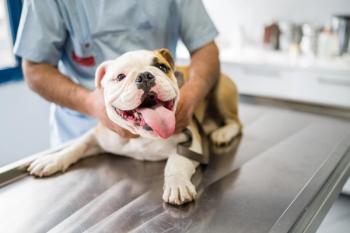
We have compiled a countdown of our top 20 articles in 2022, here is number 20

We have compiled a countdown of our top 20 articles in 2022, here is number 20

Pet parents of a late Aussie who suffered from this disease collaborated with the foundation to give meaning to the untimely loss of their best friend

3 articles on maintaining gut health in pets, plus its importance to overall wellness
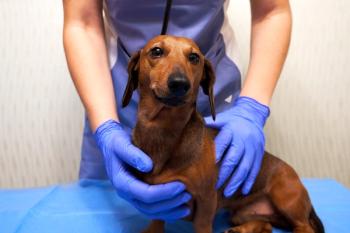
Evaluating pets' gastrointestinal health is beneficial to veterinary dermatologists and their patients

Provide advanced at-home support to promote dogs’ immune system, gut health, and hip and joint function

In an interview at the Fetch dvm360® conference in Charlotte, North Carolina, Christopher Byers, DVM, DACVECC, DACVIM (SAIM), CVJ, defines chronic feline vomiting, plus shares what causes it.

Washington State University research has displayed this drug could be the first to help dogs manage this rare, often deadly condition.

Crofelemer (Canalevia-CA1) is conditionally approved by the FDA for treatment of chemotherapy-induced diarrhea in dogs and could also be used to treat exercise-induced diarrhea.

The organization has selected 5 studies to fund based on their ability to save equine lives.
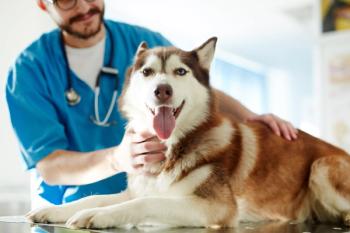
The role of the gastrointestinal tract in optimal function of an animal’s body is complex. Maximizing the function of the GI tract can help improve the overall health of patients.
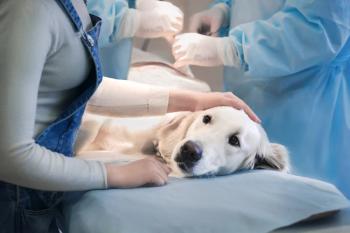
We have compiled a list of the top 10 articles in 2021, here is number 14.

We have compiled a list of the top 10 articles in 2021, here is number 17.

Deborah E. Linder, DVM, MS, DACVN, discusses the latest research and guidance surrounding popular pet food diets during a Fetch dvm360® talk.

Rapid stabilization, surgical intervention, and intensive postoperative care are key to successful GDV management.

A sneak peek of this week's headlines.

To commemorate National Dog Week, we have spotlighted 3 insightful articles offering tips on diagnosing and managing canine IBD.

The effectiveness of probiotics in canine and feline gastroenterology, plus further research needed on the topic.
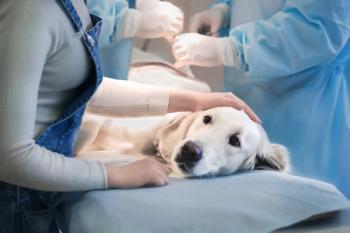
Check out these 3 articles for insight on diagnosing and managing chronic GI diseases.

Because a gastrointestinal biopsy is not always feasible, obtaining a presumptive diagnosis after ruling out all other possibilities will guide your treatment recommendations. Sponsored by VetriScience.
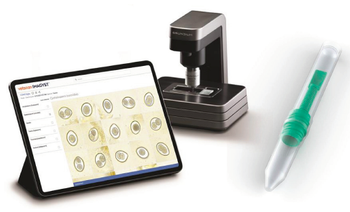
Introducing leading-edge fecal flotation technology that can elevate your practice’s diagnostic capabilities, bringing expert clinical results to general practitioners. Sponsored by Zoetis.
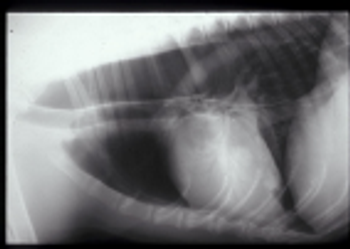
Esophageal diseases are an important cause of dysmotility and regurgitation in dogs and cats. Here’s what you should know about these disorders.
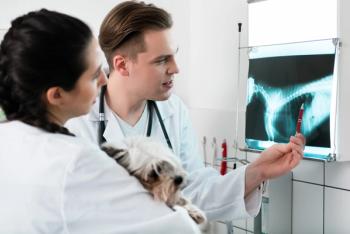
Radiography is an integral diagnostic tool in companion animal practice. Here are brief guidelines for obtaining the most useful images of the abdomen in dogs and cats.

Antech’s novel blood test allows veterinarians to rule in or rule out IBD early and with confidence in dogs suffering from associated clinical signs.

In Episode 5 of The Vet Blast Podcast, Dr. Jacqueline Whittemore discusses the talks she is preparing for the virtual Fetch dvm360 conference later this month.
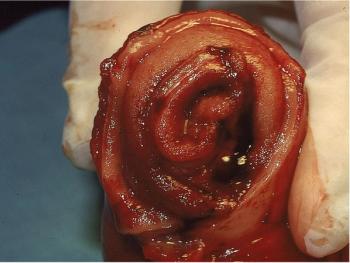
Gastrointestinal motility disorders are a diagnostic and therapeutic challenge for many practitioners. Here’s how to narrow down the affected area so you can identify the cause and provide appropriate treatment.